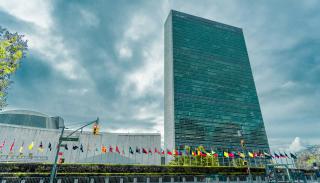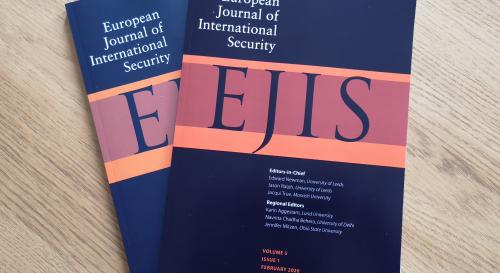
Breadcrumbs navigation
Relational legitimation in dense institutional environments: The case of the UN Special Procedures
In this short video extract, Monika Heupel discusses her key arguments from her new Review of International Studies article - Relational legitimation in dense institutional environments: The case of the UN Special Procedures.
Want to know more? You can read the full article at DOI: https://doi.org/10.1017/S0260210525100958
This is an open access article, however BISA members receive access to RIS (and to our other journal European Journal of International Security) as a benefit of membership. To gain access, log in to your BISA account and scroll down to the 'Membership benefits' section. If you're not yet a member join today.
Abstract
It is a truism that legitimacy is relational inasmuch as an international institution’s legitimacy hinges on how it is perceived by relevant audiences. What is less discussed is that legitimation practices may have another strong relational dimension as well, in which institutions portray themselves as being related to respected others. While the idea that international institutions associate themselves with others to borrow their legitimacy is not new, it has not as yet been thoroughly theorised. This article therefore brings together insights from research on the legitimation of international institutions and relational sociology, as well as from related fields, to theorise the notion of ‘relational legitimation’. It also presents a case study on the Special Procedures of the United Nations Human Rights Council. Based on qualitative content analysis of annual thematic reports, the paper suggests that relational legitimation is a common practice among the Special Procedures, and possibly also among other international institutions. It shows that relational legitimation relies on a number of different frames – alignment being the most important one – and that association is sought primarily with epistemic authorities, especially those from the West, and other ‘family members’.
Photo by Nils Huenerfuerst on Unsplash


